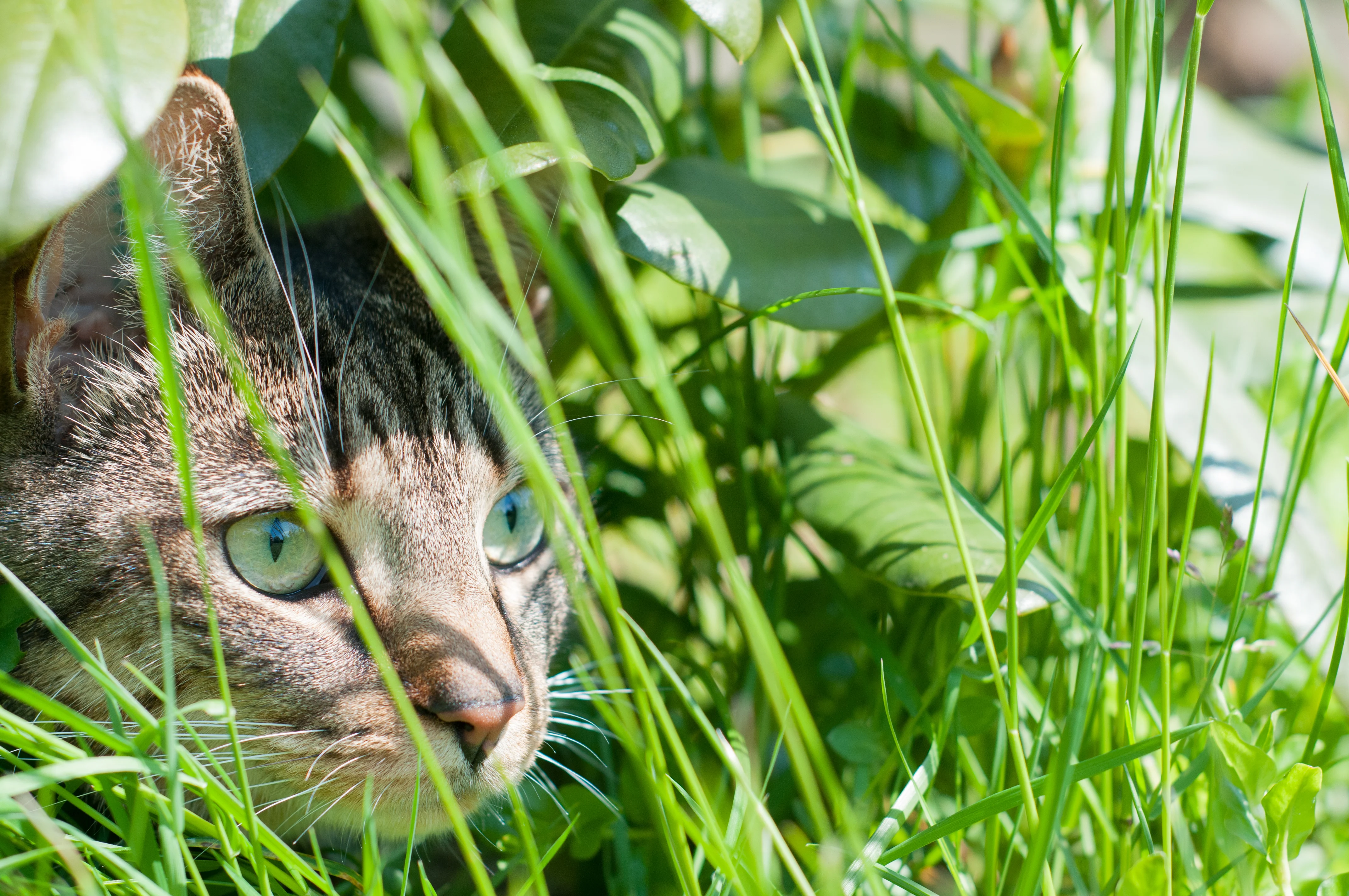
In the Literature
Tegner C, Lundgren S, Dreimanis K, Åberg AT, Windahl U. Alpha-chloralose poisoning in cats: clinical findings in 25 confirmed and 78 suspected cases. J Feline Med Surg. 2022;24(10):e324-e329. doi:10.1177/1098612X221107787
The Research …
Alpha-chloralose is a unique rodenticide that is also used as an avicide in many countries and as an anesthetic in laboratory animals. Although the exact mechanism of action is unknown, alpha-chloralose can cause excitatory CNS effects when administered at low doses and depressive CNS effects when administered at high doses in both animals and humans. It is understood that alpha-chloralose acts like a barbiturate on synaptic transmission in the brain, enhancing inhibitory effects of gamma-aminobutyric acid type A receptor.
This study aimed to describe clinical signs, toxicosis severity, treatment, prognosis, and confirmatory testing of alpha-chloralose toxicosis in cats. Patient records from a university veterinary hospital in Sweden were reviewed to identify potential alpha-chloralose toxicosis; 25 cases were confirmed. The most common clinical signs were ataxia, tremor, cranial nerve deficits, hyperesthesia, bradycardia, and somnolence, followed by behavioral changes, stupor, hypothermia, respiratory alteration, hypotension, coma, and seizures. Previous studies found higher rates of hypothermia (<98.6°F [<37°C]), seizures, and coma.1,2
Clinical signs of alpha-chloralose toxicosis can last 1 to 3 days.1 There is no antidote, and treatment focuses on management of clinical signs and supportive care. Cats should be monitored for neurologic signs and anticonvulsants administered as needed. External stimuli should be minimized and thermoregulation employed. Although other studies reported an overall mortality rate of up to 15%,1,2 cats in this study had an excellent prognosis when treated quickly; all cats survived and were released from the hospital within 48 hours.
… The Takeaways
Key pearls to put into practice:
Alpha-chloralose is not available in the United States; however, the Environmental Protection Agency has proposed registration of this ingredient as a rodenticide. This drug is available in countries outside the United States and can be purchased illegally online; alpha-chloralose toxicosis should therefore be considered as a differential in cats with compatible clinical signs. Diagnosis can be made via serum and urine testing.2
Relay toxicosis can occur due to alpha-chloralose baits. Many cats in this study were observed eating poisoned rodents prior to onset of neurologic signs. Ingested rodent carcasses were occasionally detected radiographically in the stomach, and one cat positive for alpha-chloralose toxicosis vomited a mouse carcass at the clinic. Alpha-chloralose slows movement in mice, allowing for increased predation by cats. The bait itself is not palatable to cats.
Cats are more sensitive to alpha-chloralose than the target animals, dogs, or humans. The minimum lethal dose in cats is 100 mg/kg, compared with 300 mg/kg in mice, 400 mg/kg in rats, 600 to 1,000 mg/kg in dogs, and >1,000 mg/kg in humans. Some species of birds (crows, median lethal dose, 42 mg/kg; starlings, median lethal dose, 76 mg/kg) are more sensitive than cats.2 Cats may be sentinels at risk for alpha-chloralose toxicosis in wildlife because of their sensitivity and interaction with humans.
You are reading 2-Minute Takeaways, a research summary resource presented by Clinician’s Brief. Clinician’s Brief does not conduct primary research.